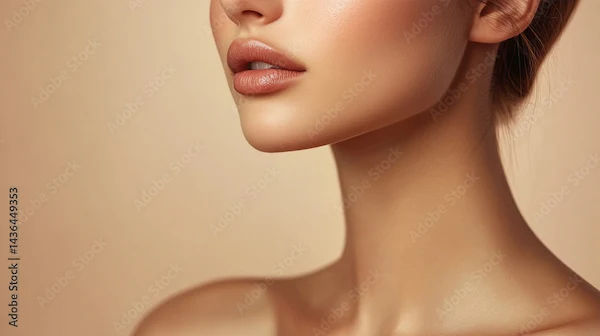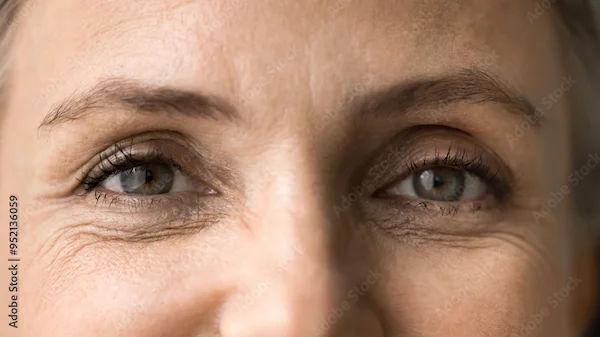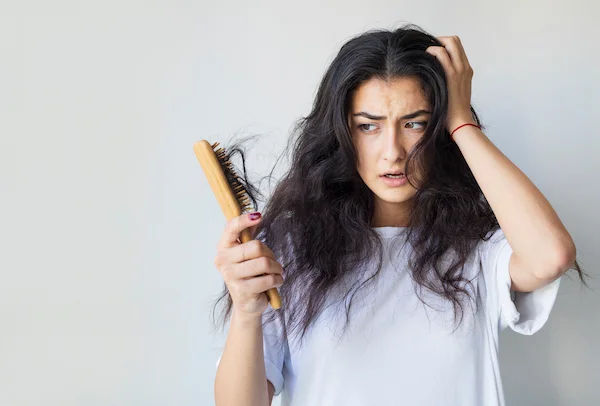- Male
- 25 Years
- 22/01/2025
I'm really worried because after my second PRP treatment, I'm experiencing a lot more hair fall than after the first session. The hair fall after the first session seemed normal and even slowed down a lot after about 15 days, but this time it's pretty serious. I'm not using minoxidil or finasteride. Is this kind of hair shedding normal after PRP treatments? Should I be concerned?
Answered by 1 Apollo Doctors
After undergoing PRP treatment, it is normal to experience some hair shedding as part of the hair growth cycle. However, experiencing a sudden increase in hair fall after the second sitting can be concerning. It is important to monitor this closely and discuss it with your healthcare provider. In the meantime, you can consider using a gentle hair care routine and incorporating a hair growth promoting shampoo containing minoxidil and finasteride. Additionally, you may benefit from using a supplement like biotin to support hair health. If the hair fall persists or worsens, it is advisable to follow up with your healthcare provider for further evaluation and management.
Dr. Dr Khaleel Suggests...
Consult a Dermatologist
Answered 04/07/2025
0
0

More Dermatology Health Queries
View allI'm really struggling with itchy testicles. It got worse when my thighs rubbed together and gave me rashes, making it super uncomfortable to stand, sit, or walk around. I saw a dermatologist, and they said it's a fungus and bacterial infection. I've dealt with this itchy black skin on my inner thighs for ages. They gave me itzhh and anti-fungal powder, and I've been using them for about a month. The black skin's improved by around 40%, but the itchiness and stickiness on my testicles are still there. What should I do?
It sounds like you're dealing with a fungal and bacterial infection, specifically: *Jock Itch (Tinea Cruris) and Intertrigo* Given your symptoms and treatment, here's what you can do: *Continue Treatment* 1. *Finish the prescribed medication*: Complete the full course of Itzhh and antifungal powder as directed by your dermatologist. 2. *Maintain good hygiene*: Keep the affected area clean and dry. *Additional Measures* 1. *Antifungal creams or powders*: Apply an antifungal cream or powder, like clotrimazole or miconazole, to the affected area. 2. *Tea tree oil*: Mix a few drops of tea tree oil with a carrier oil (coconut or olive oil) and apply to the affected area. 3. *Wear loose, breathable clothing*: Avoid tight-fitting boxers and opt for loose, breathable clothing. 4. *Dry the area thoroughly*: After showering or bathing, dry the affected area thoroughly, especially between the folds of skin. *Testicular Itchiness and Stickiness* 1. *Apply a topical cream*: Use a topical cream or ointment containing hydrocortisone or calamine to reduce itchiness and inflammation. 2. *Keep the area clean*: Gently clean the testicular area with mild soap and warm water. *Follow-up* 1. *Schedule a follow-up appointment*: Visit your dermatologist after completing the treatment to assess progress and adjust treatment if necessary. Remember to be patient, as it may take some time to fully recover from the infection.
Answered by 1 Apollo Doctors
I'm using indigo power to dye my hair, and I've noticed that it makes my scalp itchy and my hair really dry. Are there any natural alternatives or remedies that could help with this?
stop using that ,edicinem
Answered by 1 Apollo Doctors
I'm a bit confused about using halotop. Should I apply it before or after I wash my hair? And should I be putting it directly on my scalp or just on my hair? I'm not sure what's best.
You should use Halotop after washing your hair. Apply it directly on the scalp, not on the hair. Use a small amount and gently massage it into the scalp.
Answered by 1 Apollo Doctors
Disclaimer: Answers on Apollo 247 are not intended to replace your doctor advice. Always seek help of a professional doctor in case of an medical emergency or ailment.




